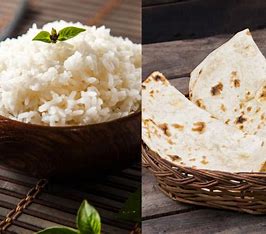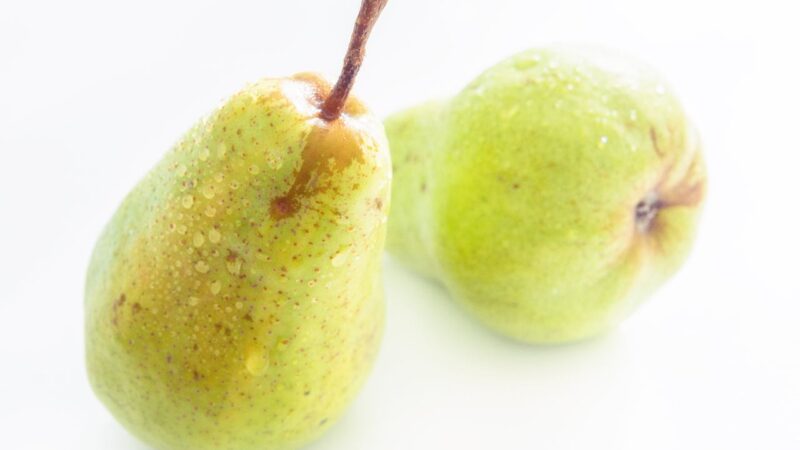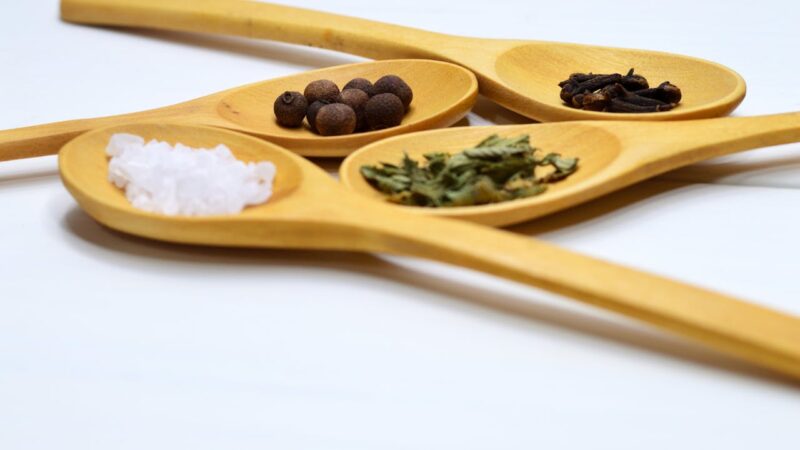Roti vs. Rice: Which Is the Healthier Choice for Your Diet?

When it comes to staple foods in Indian households, roti and rice are at the top of the list. Both are integral parts of the daily diet, but the question often arises: which one is healthier? While both roti and rice have their own set of benefits, the answer depends on various factors such as nutritional content, portion control, and individual health needs.
Nutritional Content
Roti, made from whole wheat flour, is packed with dietary fiber, protein, and essential vitamins like B1, B3, and B6. It also contains minerals such as iron, phosphorus, and magnesium. The high fiber content in roti helps in digestion, keeps you fuller for longer, and can aid in maintaining healthy blood sugar levels. This makes it a good option for those looking to manage their weight or control blood sugar.
Rice, on the other hand, is a rich source of carbohydrates, which are the body’s primary energy source. White rice, the most commonly consumed variety, is low in fiber and protein but provides quick energy. Brown rice, however, retains its bran layer and is higher in fiber, making it a healthier choice compared to white rice. Brown rice also contains more vitamins and minerals, including magnesium and selenium.
Impact on Blood Sugar
When it comes to managing blood sugar levels, roti generally has an edge over white rice. Whole wheat roti has a lower glycemic index (GI) compared to white rice, meaning it raises blood sugar levels more slowly. This makes roti a better option for individuals with diabetes or those who are trying to keep their blood sugar levels stable. Brown rice, with its higher fiber content, has a lower GI than white rice and is a more balanced choice for managing blood sugar.
Digestibility and Portion Control
Rice is easier to digest than roti, which can be a benefit for people with digestive issues or those who need a light meal. However, because rice is digested quickly, it can lead to a faster spike in blood sugar, especially if consumed in large quantities. Portion control is crucial when eating rice, particularly white rice, to avoid excessive calorie intake and potential weight gain.
Roti, being higher in fiber, takes longer to digest and provides sustained energy, making it suitable for those who need to feel full for longer periods. However, consuming too many rotis can lead to excessive calorie intake, just like with rice, so moderation is key.
Which One Should You Choose?
The choice between roti and rice ultimately depends on your health goals and dietary needs. If you’re looking for a high-fiber option that helps with weight management and blood sugar control, roti might be the better choice. On the other hand, if you need a quick source of energy and have no issues with blood sugar or weight, rice can be a good option, especially if you opt for brown rice.
For a balanced diet, many nutritionists recommend incorporating both roti and rice into your meals in moderation. For instance, you could have roti for one meal and rice for another, ensuring that you’re getting the benefits of both. Additionally, pairing rice with high-fiber vegetables or proteins can help balance its impact on blood sugar.
In conclusion, neither roti nor rice is inherently healthier than the other; it’s all about how they fit into your overall diet and lifestyle. By understanding their nutritional profiles and managing portions, you can enjoy both without compromising your health.










